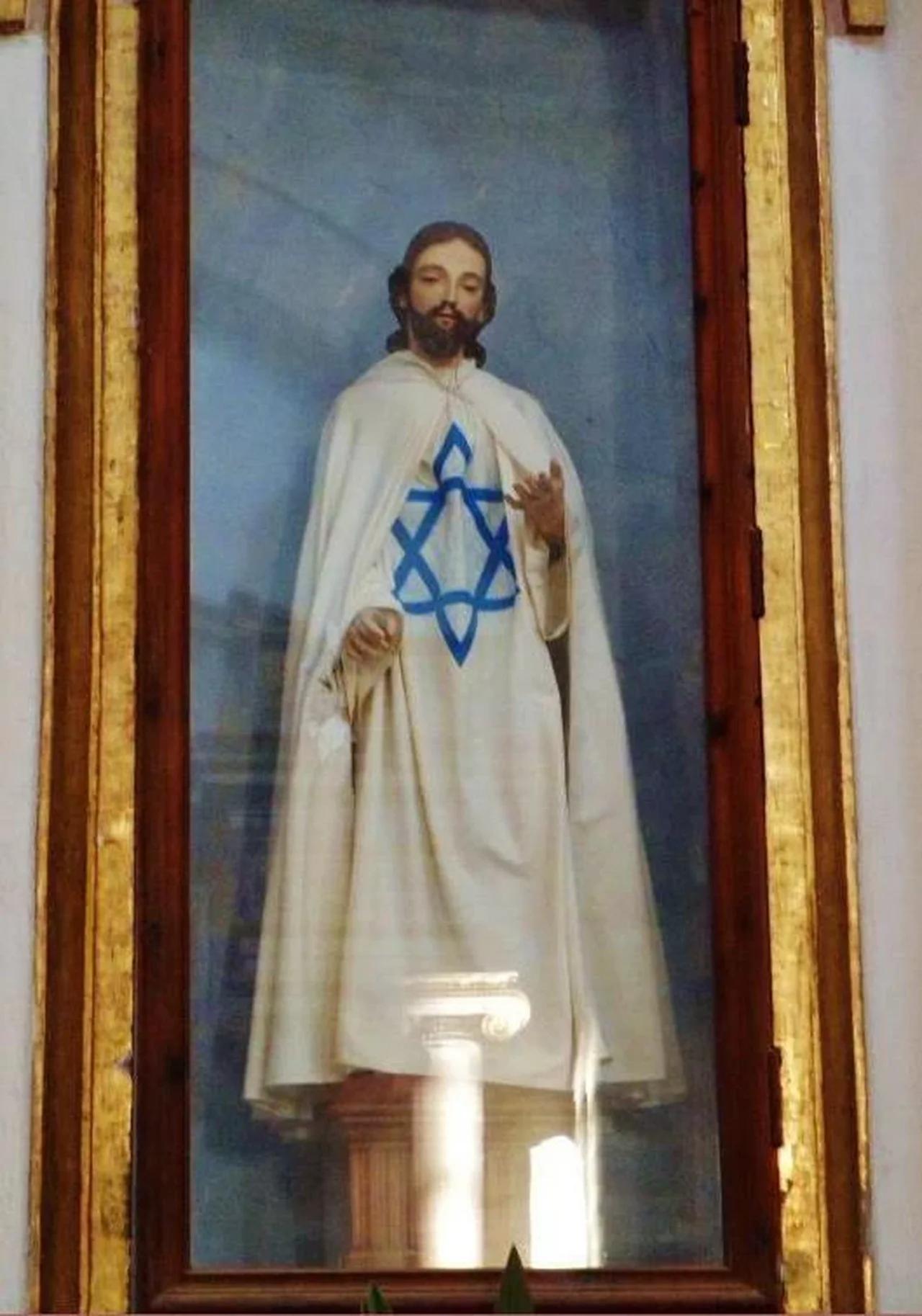Baha’i teachings offer a profound understanding of the nature of prophets and the unfolding of spiritual truth throughout human history. Central to this understanding is the concept of “Multiple Messiahs,” which posits that divinely appointed teachers and manifestations of God have appeared in various cultures and eras, facilitating humanity’s progress and spiritual evolution. This article delves into the Baha’i view of prophets as messengers representing an overarching divine purpose, emphasizing the significance of their sequential and cumulative revelation.
To grasp the Baha’i perspective on the return of prophets, one may consider the universe as a vast tapestry woven with threads of divine wisdom and insight. Each prophetic figure, from Abraham to Muhammad and culminating in Baha’u’llah, serves as a distinct yet interlinked thread, contributing to a greater narrative of spiritual enlightenment. This conceptualization not only enriches the understanding of religious history but also highlights the continuity of prophetic authority, affirming that each messenger builds upon the foundation laid by their predecessors.
At the heart of the Baha’i faith lies the belief in the oneness of humanity and the essential unity of all religions. This principle guides the Baha’i interpretation of prophetic roles. Rather than viewing each prophet in isolation or as standalone figures, Baha’is see them as part of a divine continuum. Each manifestation of God brings a message tailored to the spiritual and social needs of their time, with the ultimate goal of guiding humanity towards greater knowledge, love, and unity.
The notion of “Multiple Messiahs” challenges traditional views that regard a singular messianic figure as the sole savior. In contrast, the Baha’i teachings emphasize a broader, more inclusive view. Each religion, whether it be Judaism, Christianity, Islam, or others, contains the essence of divine truth revealed through its prophets. For instance, Christians reverence Jesus Christ as the Son of God, while Jews await the coming of their Messiah. The Baha’i faith recognizes the validity of these expectations, expanding them to incorporate Baha’u’llah as the fulfillment of these prophetic promises.
Metaphorically speaking, the prophets can be likened to brilliant stars in the celestial firmament. Though distinct and often separated by considerable distances of time and cultural context, they illuminate the same sky and guide humanity through the darkness of ignorance and division. Each star, with its unique brightness and characteristics, represents a different aspect of divine wisdom. Collectively, they form a constellation that encompasses the fullness of truth, urging humanity towards unity and understanding.
Moreover, the Baha’i view ascribes a central role to the concept of progressive revelation. This principle suggests that God’s instruction is not static but evolves as society progresses. Just as a river flows and changes with time, so too does divine revelation adapt, responding to the evolving spiritual and material requirements of humanity. This dynamic approach enables an understanding of religious texts and teachings that is flexible to historical context, cultural shifts, and the changing needs of human society. Baha’is believe that Baha’u’llah, with his monumental teachings, has ushered in a new era of divine guidance suitable for contemporary challenges. This interconnectivity of teachings lays the foundation for collaborative relationships across various faiths, fostering an environment of mutual respect and recognition of shared spiritual heritage.
The Baha’i teachings assert that the advent of a new prophet or manifestation does not obliterate previous revelations. Instead, it enriches and complements them, much like the addition of new layers to a comprehensive narrative or the unveiling of a more profound understanding of pre-existing texts. Each new prophet emphasizes the aspects of truth pertinent to the spiritual needs of their society while simultaneously affirming the validity of prior teachings. This layered revelation fosters a sense of continuity; each prophet’s message transcends time, continuing to resonate in the hearts of those who seek truth.
Furthermore, the recognition of Multiple Messiahs fosters a spirit of tolerance and coexistence among diverse religious communities. By acknowledging the commonalities in prophetic traditions, Baha’is advocate for dialogues that bridge divides often exacerbated by exclusivist claims of truth. This approach cultivates a profound appreciation for the spiritual insights offered by various religions, inviting followers into a shared journey toward enlightenment.
As humanity grapples with the complexities of modern existence, the timeless principles espoused by Baha’u’llah and his predecessors provide invaluable guidance. The teachings stress the inherent oneness of humankind, exhorting individuals to rise above sectarian affiliations in pursuit of a collective destiny. In illuminating the path toward global harmony and unity, the Baha’i perspective on Multiple Messiahs serves as a beacon of hope—a testament to the divine orchestration at play throughout human history.
In conclusion, the Baha’i view of Multiple Messiahs offers a transformative lens through which to interpret the multitude of religious experiences across human civilization. By embracing the educators of the divine message as integral components in a vast and interconnected spiritual narrative, individuals can foster a deeper understanding of their faith traditions. Moreover, this embrace serves to cultivate compassion, collaboration, and respect among diverse communities, propelling humanity toward an age characterized by unity and peace.
